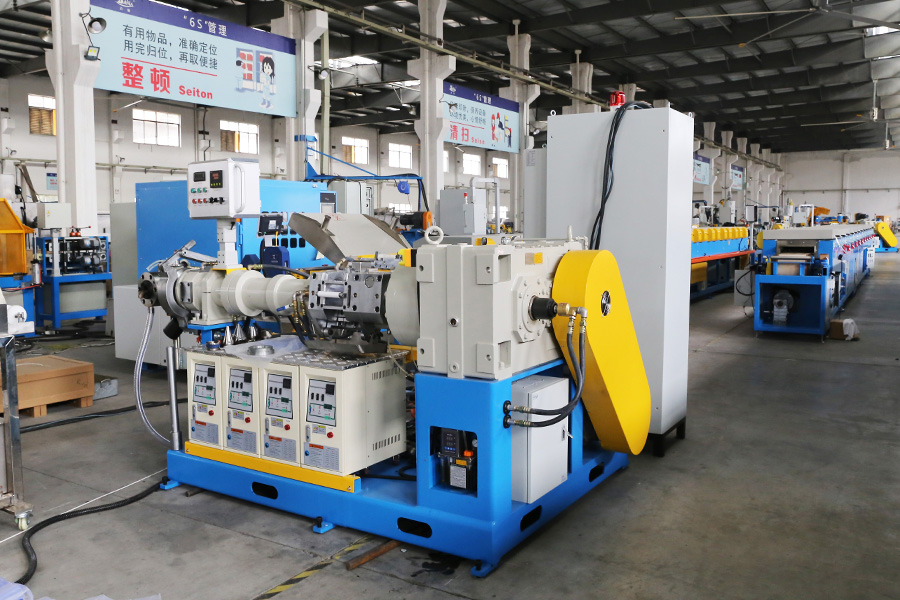Why Is the Rubber Extruder Machine Widely Used?
The rubber extruder machine has become an indispensable tool in the modern manufacturing process, particularly in industries that produce rubber products for various applications. Its widespread use can be attributed to its efficiency, versatility, and the essential role it plays in shaping rubber materials for numerous products. From automotive components to consumer goods, the rubber extruder machine is integral to the production of rubber profiles, hoses, seals, and more.

One of the primary reasons for the widespread use of rubber extruder machines is their ability to produce large quantities of rubber components in a short amount of time. This efficiency makes them ideal for mass production environments where high-volume manufacturing is required.
Extruders are capable of operating continuously and at high speeds, which significantly reduces production time compared to traditional methods. The process is automated, which minimizes the need for manual labor and helps reduce the chances of human error. Additionally, extruder machines can handle a wide range of rubber materials, including synthetic rubber compounds, thermoplastics, and other elastomers, making them versatile across different industries.
Moreover, the rubber extruder machine's consistent output allows for standardized product dimensions, reducing variation in the final product. This level of consistency ensures that manufacturers can meet quality standards while maintaining production schedules, which is essential for industries where precision is critical, such as in the automotive and aerospace sectors.
Rubber extruder machines are known for their cost-effectiveness, particularly in large-scale production. The automated nature of the process reduces labor costs and minimizes waste. Rubber extrusion can also be performed with minimal downtime, which contributes to overall cost savings for manufacturers.
Another reason for the popularity of the rubber extruder machine is its flexibility. Extruders can process a wide variety of rubber formulations, including different hardness levels, additives, and colorants, giving manufacturers the ability to create customized products. This flexibility is especially valuable for industries that require tailored rubber solutions, such as the medical or electronics sectors.
Extrusion also allows for the production of a wide range of shapes, from simple profiles like rubber strips to complex and intricate designs such as seals or gaskets. Custom dies can be designed to meet specific product requirements, ensuring that manufacturers can cater to a wide variety of market demands.
The rubber extrusion process plays a crucial role in enhancing the material properties of the rubber. During extrusion, the rubber is subjected to heat and pressure, which helps in improving its molecular structure. The shear forces generated during the extrusion process help align the polymer chains in the rubber, which can enhance the rubber's strength, elasticity, and overall performance.
In addition to improving the material's properties, extrusion allows for the incorporation of various additives, such as reinforcing agents, accelerators, and curing agents, directly into the rubber compound. This enables manufacturers to create rubber products with specific characteristics, such as improved resistance to wear, UV radiation, or high temperatures. This level of control over material properties is one of the key reasons the rubber extruder machine is widely used across multiple industries.
As industries continue to focus on sustainability and reducing their environmental impact, the rubber extruder machine offers an environmentally friendly solution in many ways. The extrusion process minimizes material waste, as the rubber is used efficiently and can be recycled or reprocessed. Additionally, the energy consumption during extrusion is relatively low compared to other methods of rubber processing, which makes it a more sustainable option for manufacturers.
Furthermore, as extruder machines can be adapted to use a wide range of raw materials, including recycled rubber, manufacturers can reduce their reliance on virgin materials. This is particularly important in the context of the growing emphasis on recycling and circular economy practices in various industries.






 English
English 中文简体
中文简体 русский
русский



